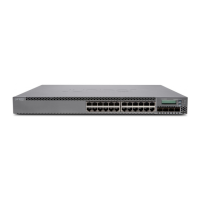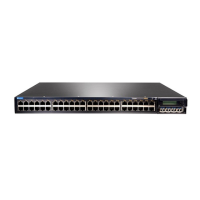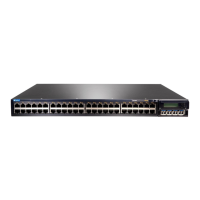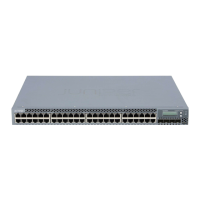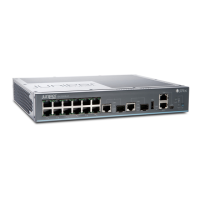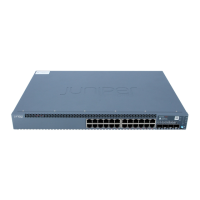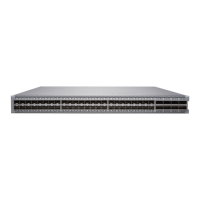DHCPv6 servers send reconfigure messages to DHCPv6 clients, initiating a message
exchange. In response, DHCPv6 clients that support the reconfigure message transition
to the renewing state and send a renew message to the server. The server returns a reply
message with a lifetime of zero (0). The client transitions to the init state and sends a
solicit message. The server sends an advertise message to indicate that it is available
for service. The client sends a request for configuration parameters, which the server
then includes in its reply. DHCP relay and DHCP relay proxy do not participate in the client
reconfiguration or react to reconfigure messages other than to forward them to the client.
When a DHCPv6 server is triggered to initiate reconfiguration on a bound DHCPv6 client,
the client transitions to the reconfigure state. All subscriber services, such as forwarding
and statistics, continue to work. The server then sends the reconfigure message to the
client. If the DHCPv6 client is already in the reconfigure state, the DHCPv6 server ignores
the reconfiguration trigger. For clients in any state other than bound or reconfigure, the
server clears the binding state of the client, as if the clear dhcpv6 server binding command
had been issued.
Manually Forcing the Local Server to Initiate the Reconfiguration Process
You can force the local server to initiate the reconfiguration process for clients by issuing
the request dhcp server reconfigure command for DHCPv4 clients, and the request dhcpv6
server reconfigure command for DHCPv6 clients. Command options determine whether
reconfiguration is then attempted for all clients or specified clients.
Action Taken for Events That Occur During a Reconfiguration
Events that take place while a reconfiguration is in process take precedence over the
reconfiguration. Table 14 on page 113 lists the actions taken in response to several different
events.
Table 14: Action Taken for Events That Occur During a Reconfiguration
ActionEvent
Server drops packet and deletes client.Server receives a discover (DHCPv4) or solicit
(DHCPv6) message from the client.
DHCPv4—Server sends NAK message and
deletes client.
DHCPv6—Server drops packet and deletes
client. Server replies to renew message with
lease time of zero (0).
Server receives a request, renew, rebind, or
init-reboot message from the client.
Server deletes client.Server receives a release or decline message from
the client.
Server deletes client.The client lease times out.
Server deletes client.The clear dhcp server binding command is issued.
113Copyright © 2017, Juniper Networks, Inc.
Chapter 9: Forcing Dynamic Reconfiguration of Clients from a DHCP Local Server

